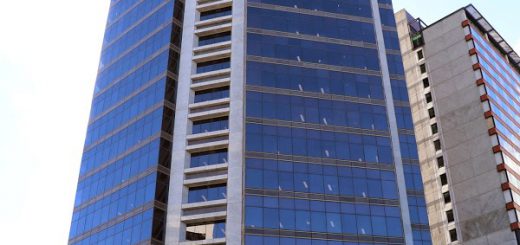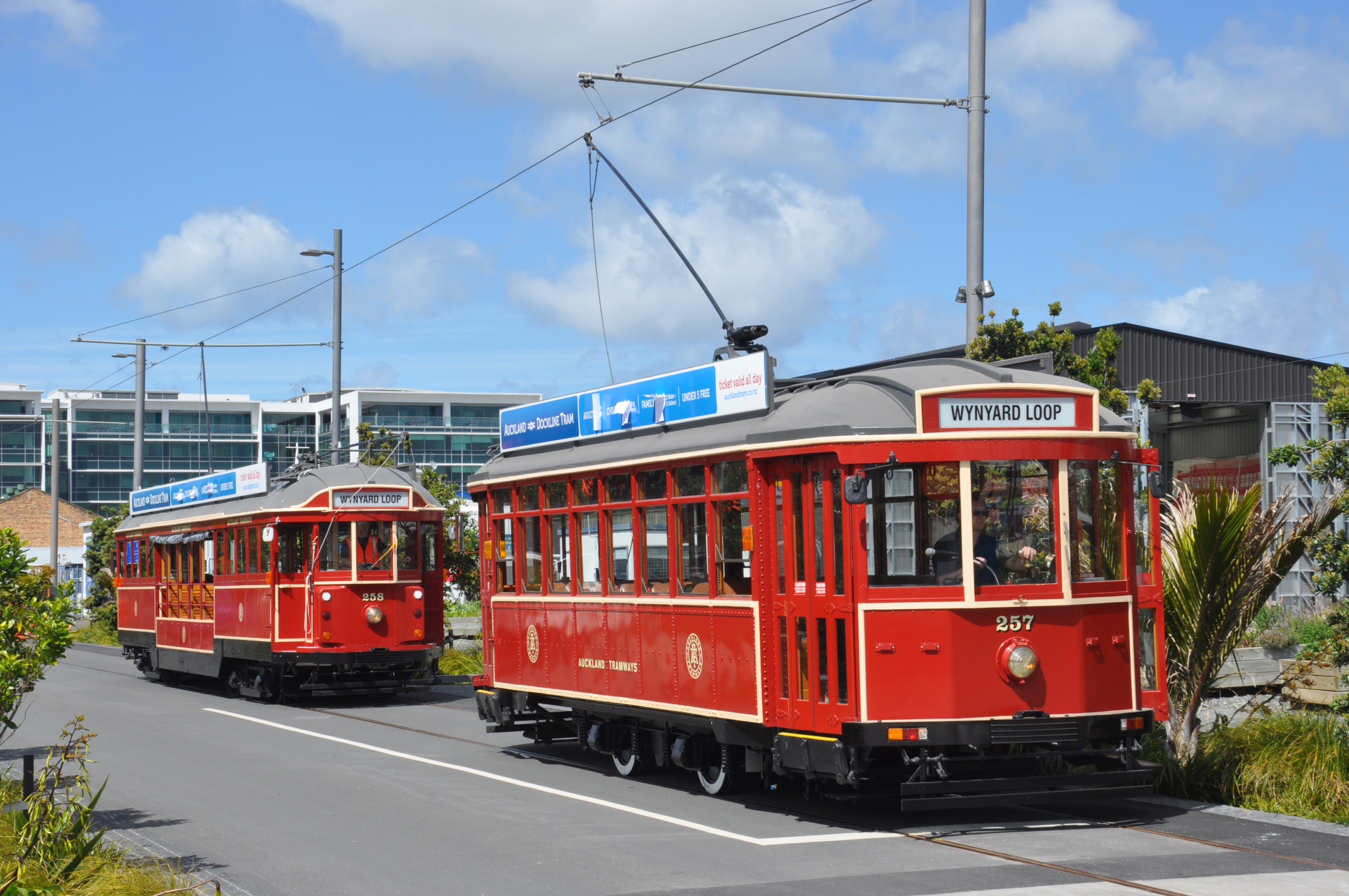The age of dreams and miracles for conservation – Takahe and Tieke released onto pest-free Rangitoto-Motutapu islands
The eradication of pests from Rangitoto and Motutapu which took place in June and July 2009 took place with very little acknowledgement in the news media.
I had long been an advocate for the removal of rats and other pests from Rangitoto and Motutapu islands. Even before I came into politics. In fact in my first election campaign ‘newspaper’ which came out in December 1991, as part of the by-election for the old ARC seat of Auckland Central, I called upon the ARC to: – ‘work with the department of Conservation and the World Wildlife Fund to carry out a reforestation programme on Motutapu Island. Furthermore the current programme to eliminate possums and wallabies on Rangitoto and Motutapu should be followed up with a programme to eradicate all exotic pests, cats, rats and stoats. …The result would be a combined Rangitoto/Motutapu 4000 ha wildlife sanctuary. The people of Auckland and our visitors would have the opportunity to see rare and endangered native bird species thriving in a natural habitat only minutes from down-town Auckland’.
I kept banging on about this ever since – to anyone who would listen. I even had it inserted into just about every Alliance and City Vision – indeed ‘Regional People’ -local body election policy after that – and lobbied every Conservation Minister up to Chris Carter – in fact I even had a couple of meetings with Hon Steve Chadwick on this subject. Anyway it was Chris Carter who picked up the ball and ran with it. I was with them in June 2006 he and the Prime Minister Helen Clark announced the government’s intention to remove all pests from Rangitoto and Motutapu.

Rangitoto and Motutapu Islands - where rare native birds Takahe and Tieke have been released into the newly pest-free island sanctuary
Chris had hoped to get the job done in 2008 but for a number of reasons DoC had to postpone the operation one year. Chris and I were both concerned when the postponement of the operation was announced because it was just after Chris had been ‘reshuffled’ out of the Conservation portfolio. I had a couple of meetings with new Minister Steve Chadwick who secured commitments from DoC Director-General Al Morrison and went to some lengths to assure me the operation would go ahead in 2009. And so it did. And it was worth the wait because the DoC operations team led by Richard Griffiths made a brilliant job of it. The aerial drops (there were three) that began in June and ended in early August were remarkably successful. DoC managed to eradicate ship rats, Norway rats, mice and kiore – as well as cats, stoats and rabbits. Hedgehogs were removed some months later.
Two years later on 27th August this year the pest free status was celebrated with the release of saddlebacks onto Motutapu and Rangitoto and takahe onto Motutapu – and I was invited along to represent the Mayor and Auckland Council.
I was asked to say a few words after the release and here are my speech notes.
First of all I bringing the greetings of the Mayor I acknowledged the tangata whenua and the Minister of Conservation Hon Kate Wilkinson.
“The Minister of Conservation which is a fairly unique portfolio in government because it is a role seen to be very much above party politics. The Minister of Conservation is also the Minister of conservationists. I also wish to acknowledge the Motutapu Restoration Trust and all its previous chairs Jim Holdaway, Rob Fenwick and Chris Fletcher and all the volunteers who have worked so hard to plant nearly half a million trees on Motutapu. I want to acknowledge Jim Holdaway who has not been well and can’t be here today but Jim Holdaway has done so much for conservation in Auckland and must be considered the Father of Hauraki Gulf Marine Park. In regard to Rob I remember vividly the rather stormy Saturday in June 1993 when the planting programme on Motutapu was kicked off and we did our planting side-by side – I was astonished to realise that was 18 years ago.
Christine is overseas but I want to acknowledge her leadership and the group of redoubtable woman who have worked so closely with her – Mary Flaws, Bridget Winstone and Belinda Vernon.
I also wish to acknowledge the Department of Conservation Auckland Conservancy especially for the remarkably successful eradication operation on Motutapu and Rangitoto which it completed in 2009. Conservator Sean Goddard, Richard Griffiths and Brett Butland organised a meticulous operation and achieved the eradication of seven different mammalian pests in one action. This is a world-first achievement in conservation management.
The idea of a pest-free Rangitoto-Motutapu has been a personal campaign for me for over 20 years. The first person to suggest the concept was Professor John Craig who first raised it with me back up at the university in late 1989. The Minister who took up the concept and made it happen was Chris Carter and I recall being here on this very spot with Chris and the then Prime Minister Helen Clark in June 2006 when the government announced its intention to remove all pests from both islands to create an open sanctuary. As the then Chairman of the ARC it was deeply satisfying to be able to pledge the support and commitment of the ARC to this cause.
Rangitoto Island at 2321ha and Motutapu at 1561ha together comprises 3881 ha. This is significantly bigger than our arguably most important island sanctuary Hauturu (Little Barrier) at 3083ha, is nearly double the size of our other major island sanctuary Kapiti and is nearly 20 times the size of Tiritiri Matangi. And these islands only a mere 5 nautical miles from downtown Auckland.

Takahe or Notornis, (Porphyrio mantelli hochstetteri) once considered extinct - now living within sight of the high rise buildings of downtown Auckland (photo Tim Lovegrove).
The benefits of a wildlife sanctuary on Rangitoto and Motutapu are potentially enormous.
- There are the intrinsic benefits of increasing native biodiversity.
- There are the benefits of scientific research in a unique environment of two co-joined islands – one at least 20 millions years old geologically – and one a mere 600 years old.
- There are benefits for education – the handiness of the islands – so close to Auckland will make it much more convenient and affordable for a much wider range of schools – including low decile schools to come here – so that children can come and experience at first hand New Zealand native birds – wildlife species they are most unlikely to see or hear in their normal daily lives.
- Then there are the economic benefits – a wildlife sanctuary – a mere 5 nautical miles from the downtown ferry terminal could bring to our tourism industry.
- Finally the more intangible but none-the-less real enhancement to Aucklanders’ quality of life that would come with our most loved iconic volcanic island literally coming to life with a huge increase in native birds, lizards and invertebrates.
Already native birds are colonising both islands spontaneously. Bellbirds, including some of the birds the ARC released onto Motuihe last year, are now heard and seen regularly as well as kakariki or red-fronted parakeets – again probably from Motuihe where they were released in 2008.
It seems looking back over the years and the long battle to get here it seems quite miraculous that today we have finally got to the stage where we have released rare native birds – the saddleback and the takahe onto these islands.
Just to think the takahe was so rare that for nearly a 100 years it was believed to be extinct – and belonged more in the realm of mythology – until it was rediscovered in a remote valley in Fiordland in 1948. Similarly the saddleback by 1964 was restricted to one critically endangered population on Hen Island.
And now these birds are here on these newly created pest-free islands – within eyesight of the office towers of the Auckland CBD. When it comes to conservation in New Zealand – truly we live in an age of dreams and miracles.



